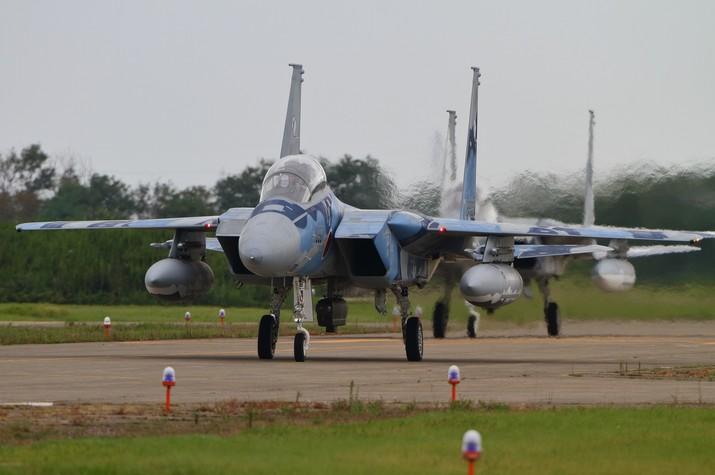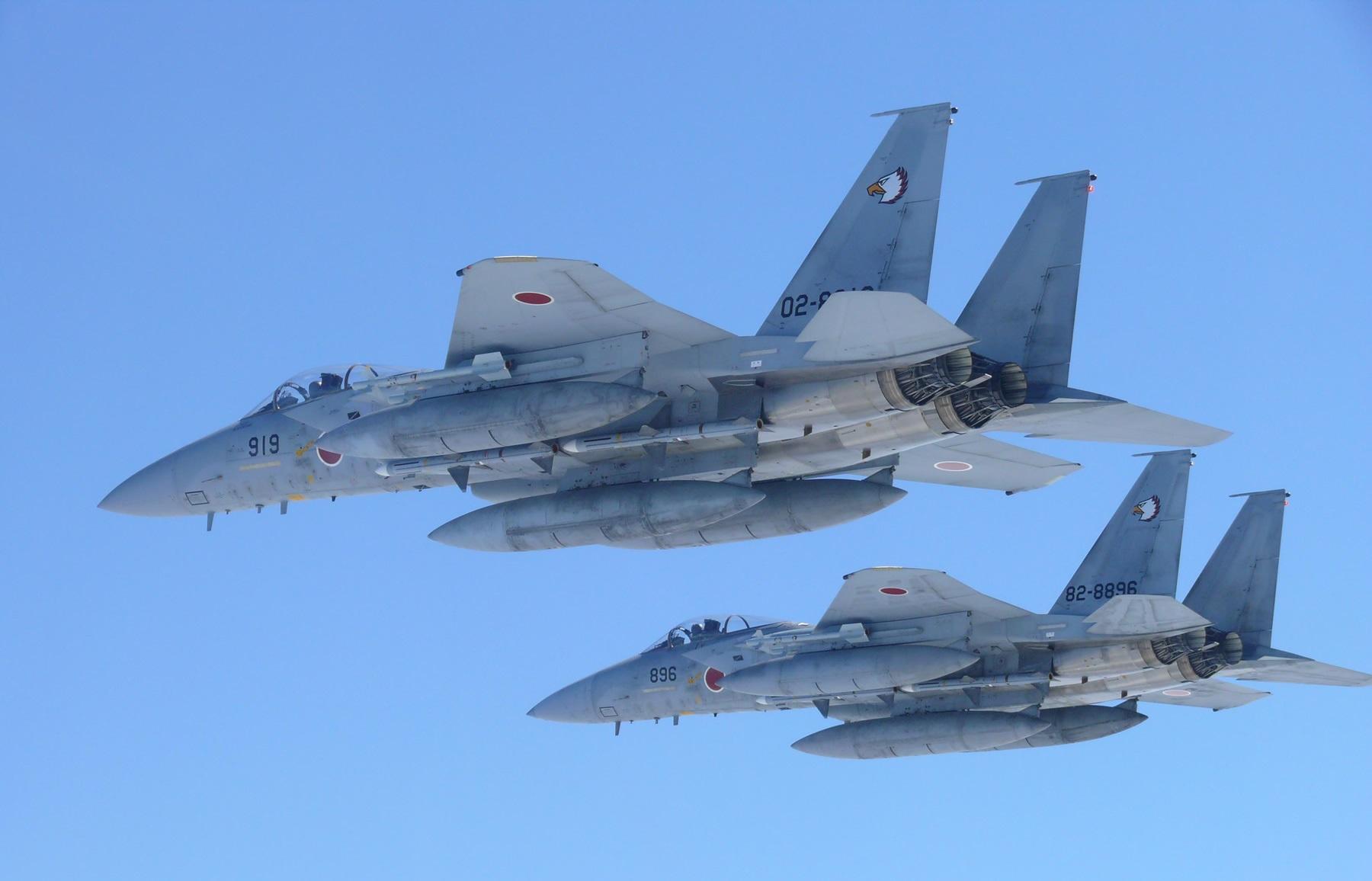The Japan Air Self-Defense Force (JASDF) will be deploying two Mitsubishi F-15J Eagle fighter jets and 60 personnel for exercises with the Philippine Air Force (PAF) from November 27 to December 11. The unit-to-unit exercise will be held at Clark Air Base, Pampanga. Exchanges will be held mainly at the Clark Air Base, Pampanga and the surrounding airspace. Previously, the JASDF and PAF also conducted bilateral exercises on humanitarian assistance and disaster relief (HADR) in July 2021 and June 2022. These exercises aimed to enhance the JASDF and PAF HADR capabilities, particularly in the delivery of relief goods to affected people in severe emergencies.
The Mitsubishi F-15J/DJ Eagle is a twin-engine, all-weather air superiority fighter based on the McDonnell Douglas F-15 Eagle in use by the Japan Air Self-Defense Force (JASDF). The F-15J was produced under license by Mitsubishi Heavy Industries. The subsequent F-15DJ and F-15J Kai variants were also produced. Japan is the largest customer of the F-15 Eagle outside the United States. The F-15J Kai is a modernized version of the F-15J. The Japanese Ministry of Defense confirmed on February 4, 2022 that 68 F-15Js will be upgraded through the Japan Super Interceptor (JSI) programme under a cost of JPY646.5 billion (USD5.6 billion).

F-15J/DJs are identical to F-15C/Ds aside from the ECM, radar warning system, and nuclear equipment. The AN/ALQ-135 Internal Countermeasures System is replaced by the indigenous J/ALQ-8 and the AN/ALR-56 Radar Warning Receiver is replaced by the J/APR-4. The engine is the Pratt & Whitney F100 turbofan, produced under license by IHI Corporation. Some aircraft still have an inertial measurement unit, an old type of the Inertial navigation system. All F-15J/DJs have two UHF radios, which are also VHF capable. The F-15J is characterized by an indigenous data link, but they do not support Link 16 FDL mounted by USAF F-15Cs.
Mitsubishi received the F-15C/D Multistage Improvement Program (MSIP) and in 1987 began upgrading the F-15J/DJs. Improvements included an uprated central computer, engines, armament control set and added the J/APQ-1 countermeasures set. The F100-PW-220 (IHI-220) was upgraded to the F100-PW-220E (IHI-220E) with a digital engine electronic control retrofit.[14] Differences in appearance from earlier F-15Js include the J/ALQ-8 ICS with an ICS antenna mounted under the intake. The J/APQ-4 RWR antenna position on the F-15J/DJs is the same as F-15C/Ds, but the lens of F-15J/DJ MSIPs is black rather than white for F-15C/Ds.
